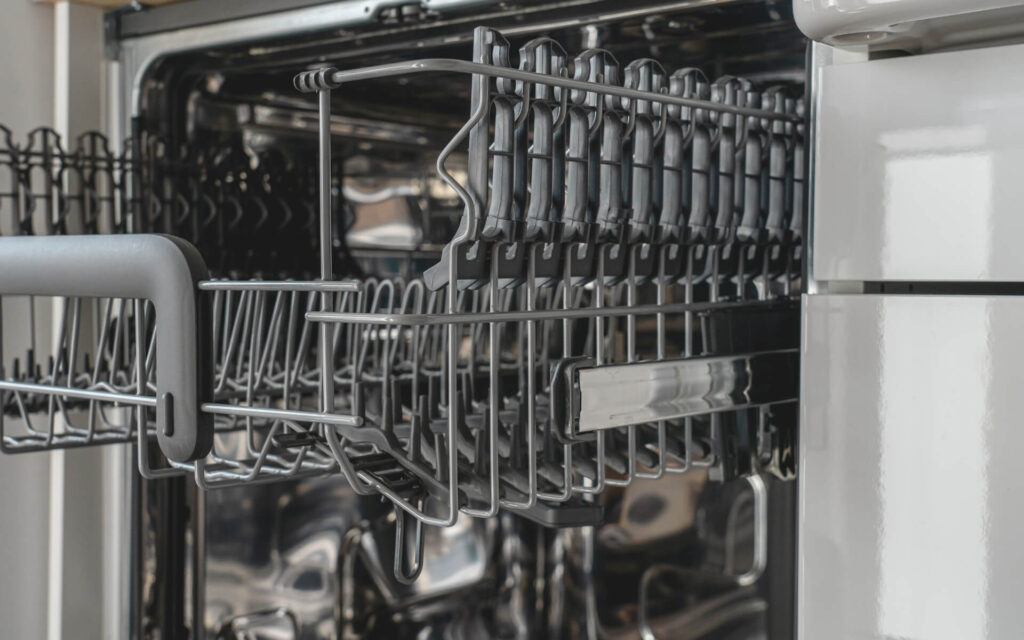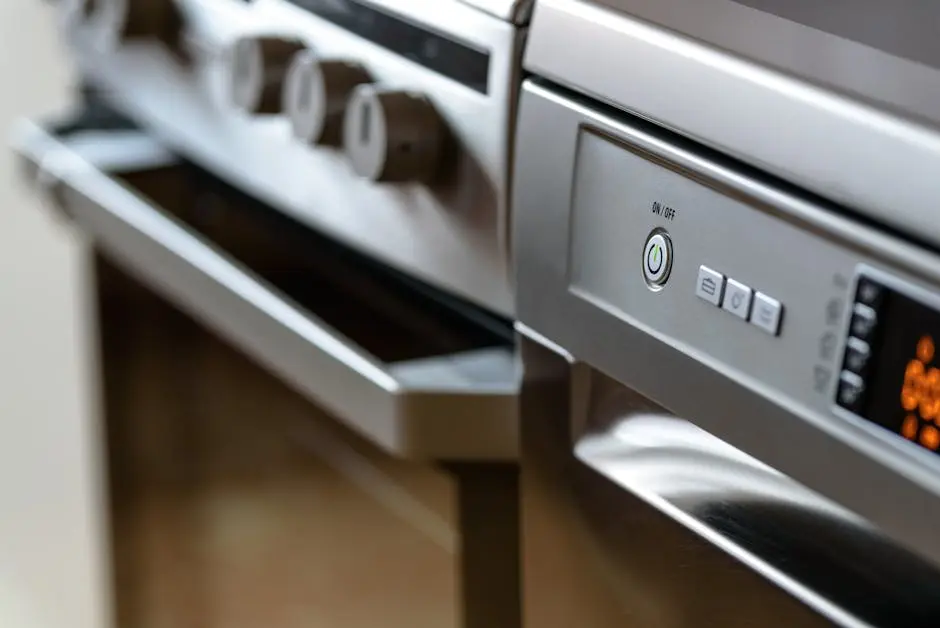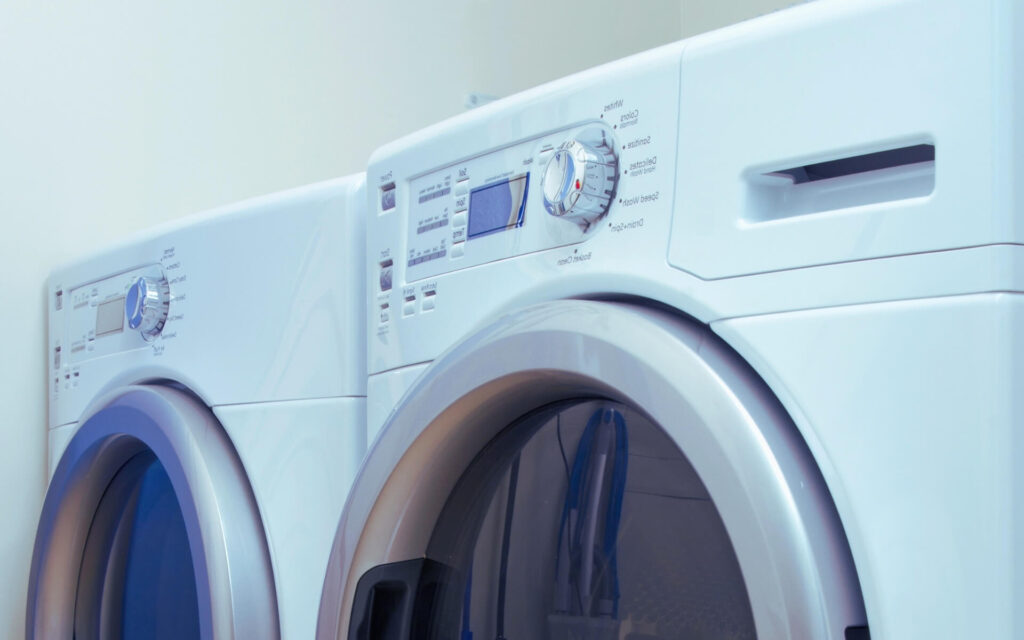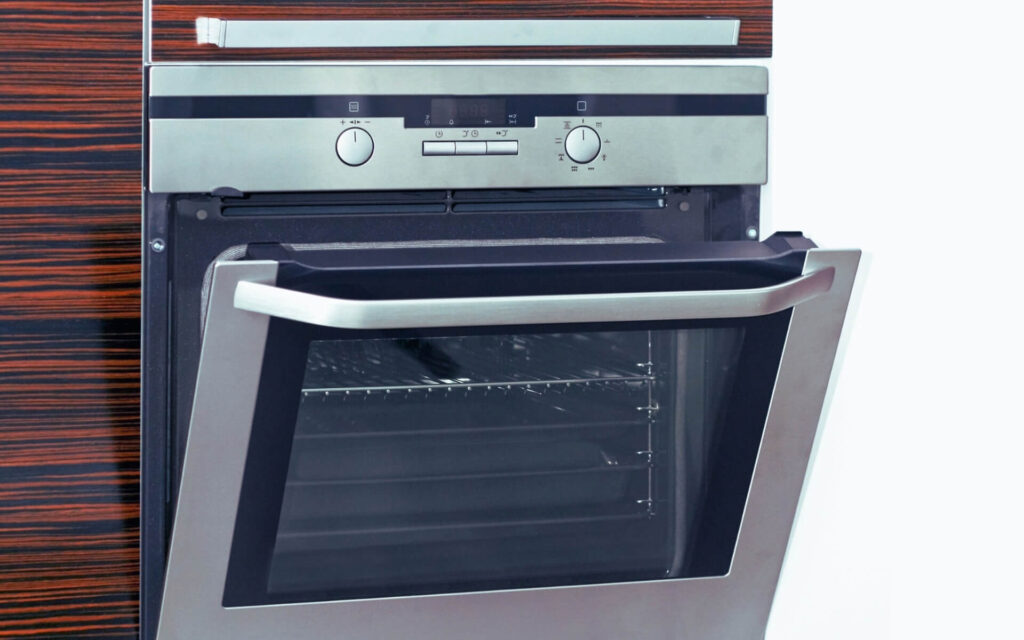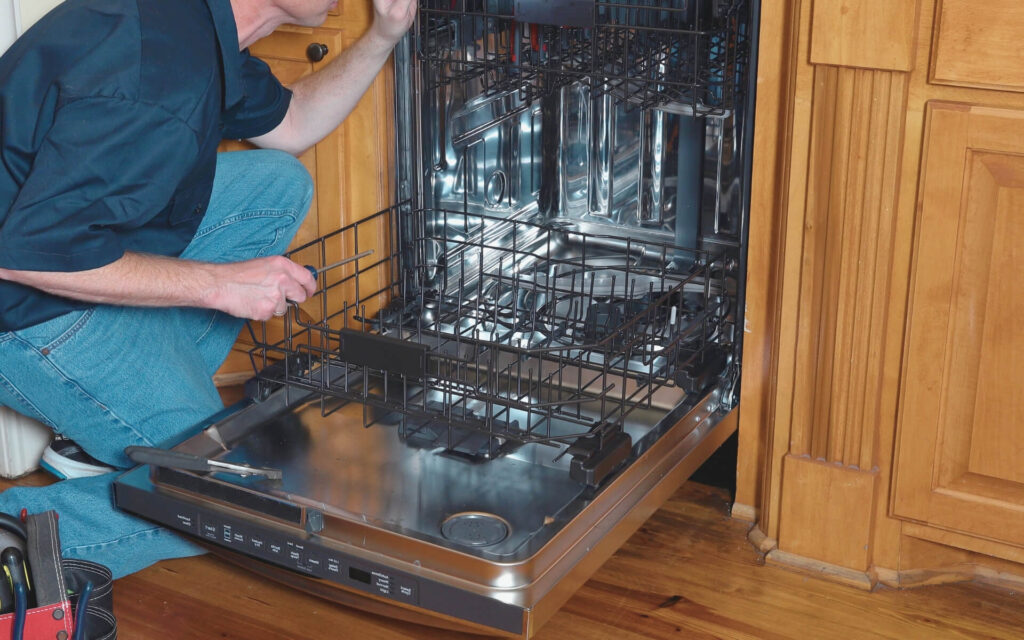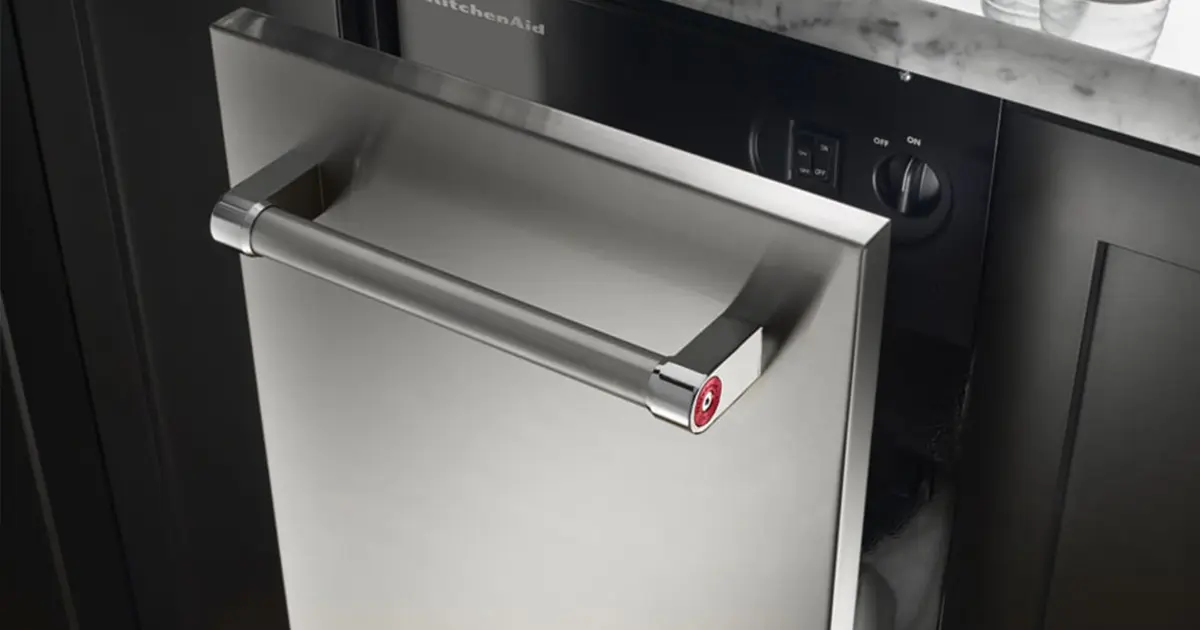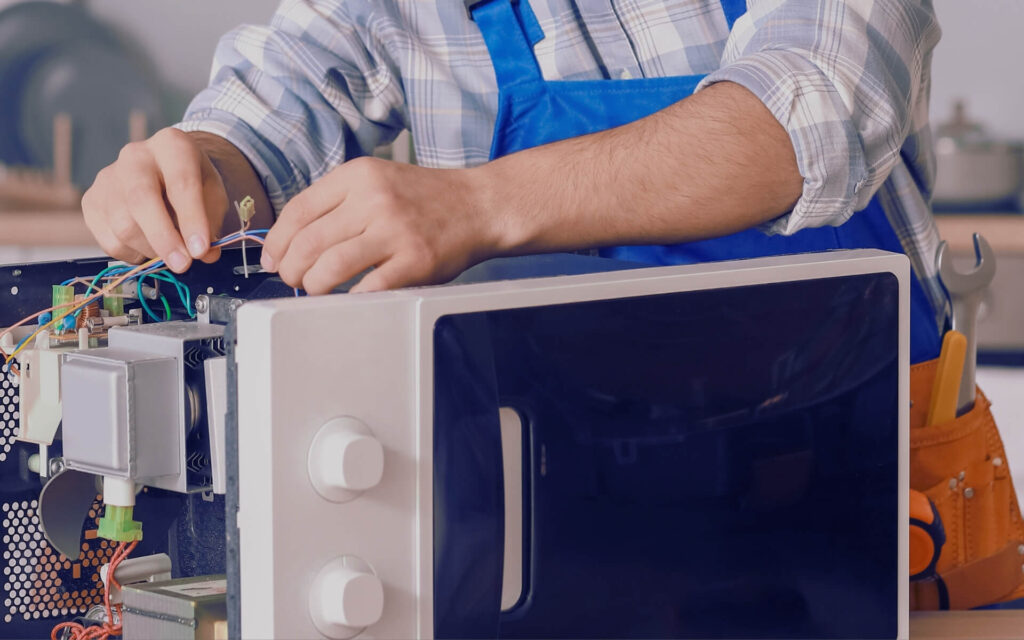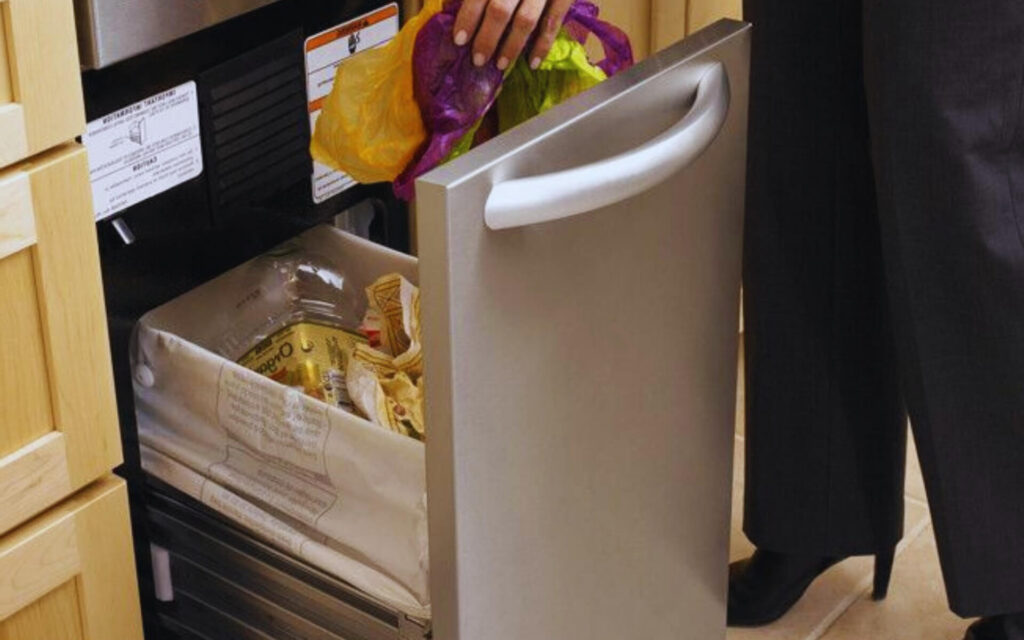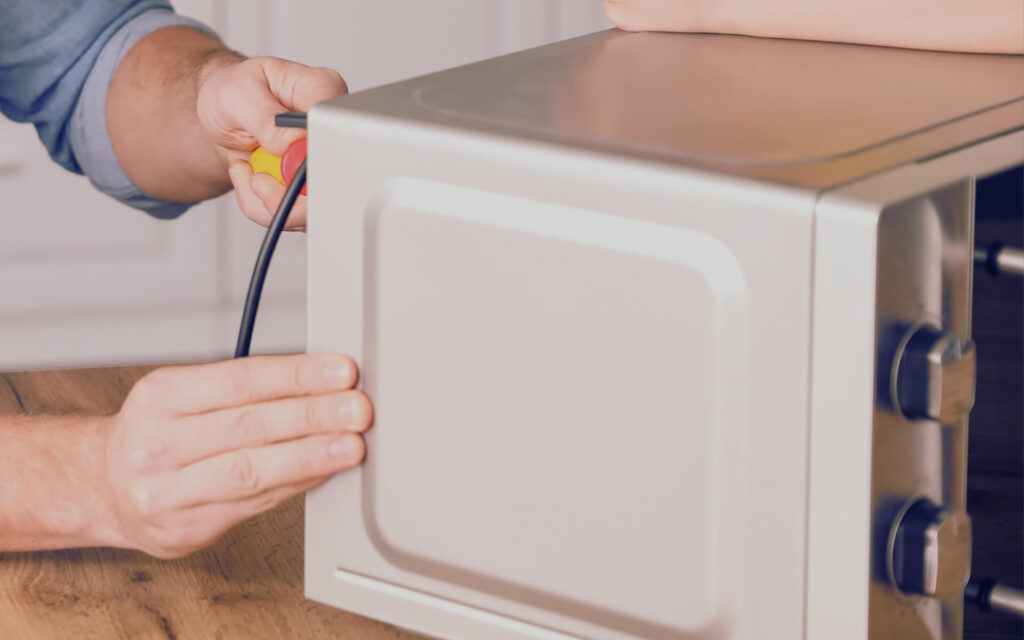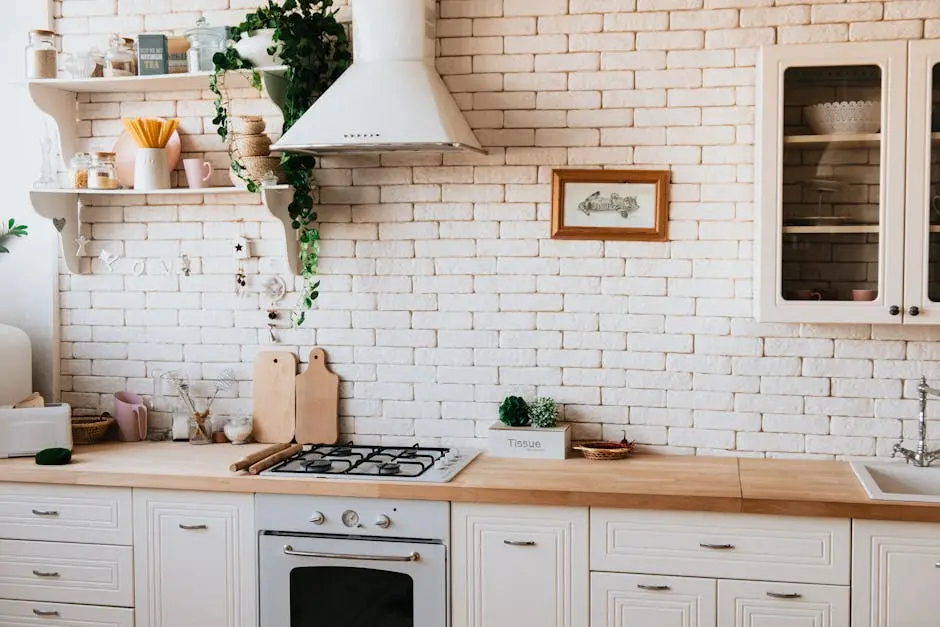DIY or Professional: Navigating Dishwasher Repair in Arizona
Dishwashers are a modern kitchen essential, making clean-up a breeze. However, when your trusty appliance breaks down, the dilemma of fixing it yourself or hiring a professional arises. In Arizona, where the climate and water hardness can affect appliance longevity, making the right choice is crucial. This blog will guide you through the decision-making process.
Understanding Common Dishwasher Issues
Before deciding on a repair approach, it’s essential to identify common dishwasher problems such as leaks, drainage issues, or unusual noises. Understanding these can help you determine the severity of the repair needed. One frequent issue is when the dishwasher doesn’t clean dishes properly. This can be due to clogs in the spray arms or food particles blocking critical components. Regular maintenance can prevent such issues, but if they occur, identifying them early is key to avoiding further damage.
Water leaks are another common problem that can cause significant issues if not addressed quickly. Leaks are often due to faulty door seals or loose connections in the water supply lines. Moreover, if your dishwasher is making strange noises, it might be due to worn-out bearings or faulty motors. Understanding the source of these noises, whether they stem from mechanical parts or electrical issues, can inform whether a DIY fix is feasible or if a professional should be consulted.
Evaluating the DIY Approach
DIY repairs can be cost-effective and rewarding if you have the skills and tools. Learn about the basic repairs you can handle at home, such as unclogging drains or replacing minor parts. For instance, when dealing with a clogged drain, a simple solution involves checking and cleaning the filter and drain pump area. Removing trapped food particles can often restore the machine to optimal function.
Replacing minor parts, like the dishwasher’s spray arm, is another repair many homeowners can tackle. Arm yourself with a screwdriver and some online tutorials, and you can save a trip to the repair shop. However, take care when handling electronic components, as mishandling can lead to further issues. Online resources are plentiful for guiding you through the steps required for such repairs, providing visuals and step-by-step instructions to foster confidence in amateur repair efforts.
However, DIY isn’t suitable for every situation. Complex issues, particularly those involving the dishwasher’s electronics or its water inlet valve, usually require a professional touch. Sometimes, the allure of saving money by skipping a repair service can backfire if an amateur fix leads to greater damage, highlighting the importance of weighing risk versus reward in the decision-making process.
When to Call a Professional
Some dishwasher problems require expert knowledge, especially with complex electronics or severe water damage. Discover when it’s wise to hire professionals to ensure a safe and efficient repair. Professional appliance services have the advantage of experience, specialized tools, and access to manufacturer parts that might be unavailable to the average consumer. This ensures that repairs are not only effective but also extend the lifespan of your appliance.
If your dishwasher is exhibiting electrical issues, such as not turning on or interrupting during cycles, this could point to complex electrical problems like faulty wiring or circuit board damage. In these cases, having a professional on hand can prevent potential risks such as electric shocks or further electrical system damage, as their expertise allows them to navigate these intricate fixes safely.
Severe water damage is another instance where professional intervention is advisable. This damage can compromise not just the dishwasher but also surrounding cabinetry and flooring. Professionals can address the immediate repairs while also assessing any secondary damage, ensuring a comprehensive resolution and preventing future issues related to water exposure.
Cost Considerations for Repairs
Cost can be a significant factor in deciding between DIY and professional repair. Compare the potential costs involved, from parts and tools to labor fees, to determine the most economical solution. DIY repairs often mean lower upfront costs since you’re saving on labor fees. However, consider the hidden costs, such as purchasing the right tools and parts, which alone can be an investment.
Professional services usually charge a diagnosis fee that covers the technician’s time in identifying the problem, which is additional to the costs of parts and labor. While this might seem steep initially, the accuracy of professional diagnostics can prevent unnecessary purchases and ensure that only the necessary work is carried out. This precision can, in the long run, be more cost-effective than trial-and-error DIY efforts.
Additionally, consider warranty implications when choosing between DIY and professional solutions. A botched attempt at repair might void warranties, leaving you without protection against future malfunctions. With professionals, often these repairs come guaranteed, offering peace of mind knowing that you won’t incur further costs should an issue recur.
Arizona-Specific Factors
In Arizona, specific environmental factors such as water hardness can affect your dishwasher’s performance. Explore how these factors might influence your repair strategy. Hard water, prevalent in Arizona, can lead to mineral build-up within your dishwasher. This build-up not only affects the efficiency of the appliance in cleaning dishes but may also result in scale deposits that clog pipes and damage internal components over time.
To combat these issues, regularly descaling your dishwasher is essential. This involves using special cleaning agents designed to dissolve mineral deposits. Not only does this maintenance task improve performance, but it also extends the machine’s lifespan. Furthermore, consider installing a water softener in your home, which can alleviate many of these issues not just for your dishwasher but for other appliances that use water.
The Arizona heat is another factor that can impact your dishwasher over time. High temperatures may cause hoses to become brittle and seals to degrade faster. Regularly inspect these components, and replace them as needed to prevent leaks or more significant damage. By staying proactive in these maintenance efforts, you can ensure that your dishwasher, and indeed all home appliances, remain in optimal condition despite the challenges posed by the Arizona climate.
Choosing the Right Approach for Dishwasher Repair
Deciding whether to tackle a dishwasher repair yourself or call in a professional depends on the complexity of the issue, your comfort level with DIY projects, and the costs involved. By understanding the common problems and potential solutions, you can make an informed decision that keeps your kitchen running smoothly. For more guidance, visit our homepage where our experienced professionals are ready to assist.
